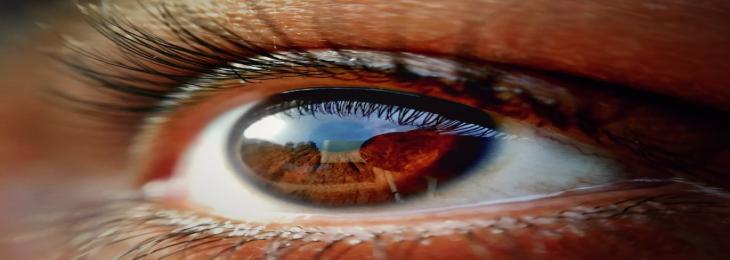
Hypoglycemia mitochondrial adaptation (HIMA) system is the key element in enhancing the functioning of a group of retinal cells benefiting the entire retina from hyperglycemia.
Diabetes retinopathy (DR), the leading cause of blindness in persons of economically productive working age, affects around one-third of diabetic patients, normally occurs after a lengthy duration of diabetes mellitus (DM). According to new study, the delayed start of DR may be due to an endogenous mechanism that protect individual retinal endothelial cells from the damaging effects of high blood sugar (hyperglycemia).
According to Andrius Kazlauskas, PhD, of the Departments of Ophthalmology and Visual Sciences and Physiology and Biophysics at the University of Illinois at Chicago in Chicago, IL, USA, the progression of DR is a common clinical phenomenon, little effort has been made to examine the underlying cause of this delay. With an aim to improve existing techniques to preventing diabetes from developing to DR, a popular in vitro model of DR is to expose cultured cells, like vascular endothelial cells, to high levels of glucose. They discovered that extended exposed to elevated glucose levels was advantageous rather than harmful. Initially, the cells' health deteriorated, but as the exposure time increased, the cells recovered and developed resistance against DM-related harm including such as inflammation and death.
This adaptability was linked to increased mitochondrial functioning, Mitophagy which is the mechanism by which cells eliminate defective mitochondria. Despite being initially reduced, mitochondrial functioning improved after 10 days of hyperglycemia exposure, with greater clearance of damaged mitochondria. Cell death susceptibility increased, while the vascular endothelial growth factor responsiveness decreased.
These findings, according to Dr. Kazlauskas, point to the presence of an endogenous mechanism that shields human retinal endothelial cells from the harmful consequences of hyperglycemia and believe that the demise of HIMA paves the way for the transition to DR."
Previous study has indicated that even minor changes in the degree or type of injury to the retina could protect animals with DM against developing DR.






